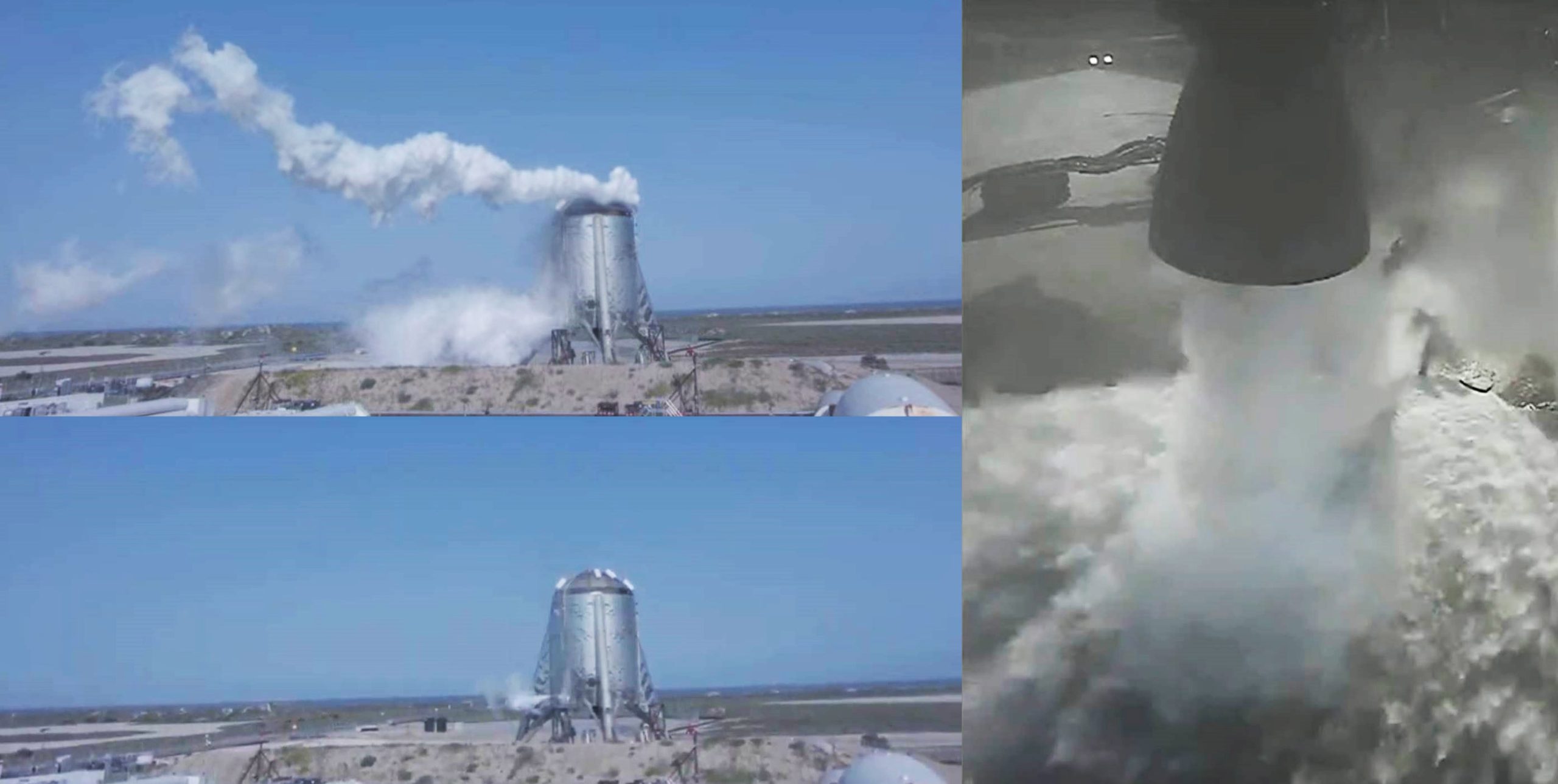
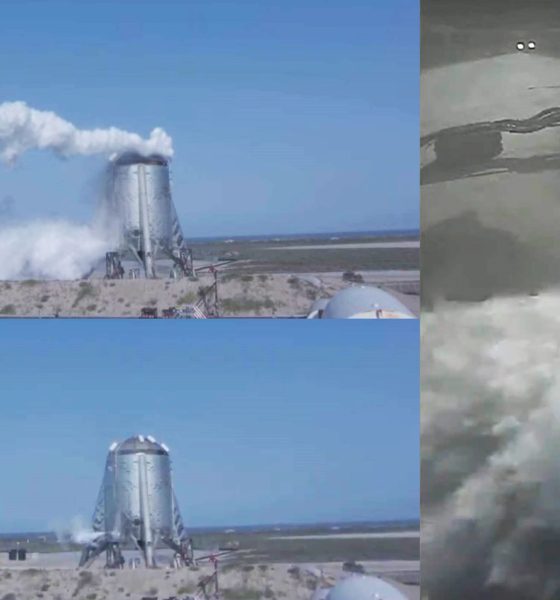
News
SpaceX scrubs Starhopper’s final Raptor-powered flight as Elon Musk talks “finicky” igniters
For unknown reasons, SpaceX’s Starhopper prototype suffered a hold just 0.8 seconds prior to its second planned flight test, a hold that was eventually followed by a decision to scrub the August 26th attempt and try again tomorrow, August 27th.
Starhopper is a full-scale, partial-height testbed for SpaceX’s next-generation Starship launch vehicle, serving more as a semi-mobile test stand for steel rockets and Raptor engines than an actual Starship prototype. The unusual vehicle took flight for the first time ever on July 25th, reaching an altitude of roughly 20m (65 ft) under the power of a single Raptor engine, capable of producing up to 200 tons (450,000 lbf) of thrust. That test also suffered a minor scrub on the 24th, followed by a successful flight one day later, a chapter that Starhopper may now mirror on its second attempted flight, a 150m (500 ft) hop.
Notably, SpaceX CEO Elon Musk took to Twitter just seconds after the rocket’s scheduled liftoff suffered a last-second hold to indicate that Raptor’s torch igniters were proving somewhat finicky relative to the chemical alternative used by SpaceX’s proven Merlin engines.
The CEO later confirmed that that comment was directly related to the 26th’s scrub, indicating that Raptor serial number 06 (SN06) needed to have its igniters inspected prior to a second hop test attempt, now scheduled to occur no earlier than 6pm EDT (22:00 UTC) on August 27th. The gist of the difficulties with Raptor’s igniter starts with the reason that SpaceX is attempting to integrate an entirely new form of ignition into the engine, replacing the methods successfully used over tens or even hundreds of thousands of seconds of firing with the company’s Merlin 1 and Merlin Vacuum engines.
Merlin 1D and MVacD both rely on a relatively simple, reliable, cheap, and easy method of chemical ignition, using a duo of pyrophoric materials known as triethylaluminum-triethylborane (TEA-TEB). When mixed, these materials immediately combust, generating an iconic green flash visible during Falcon 9 and Heavy launches, and thus producing the ‘spark’ needed to start Merlin engines.
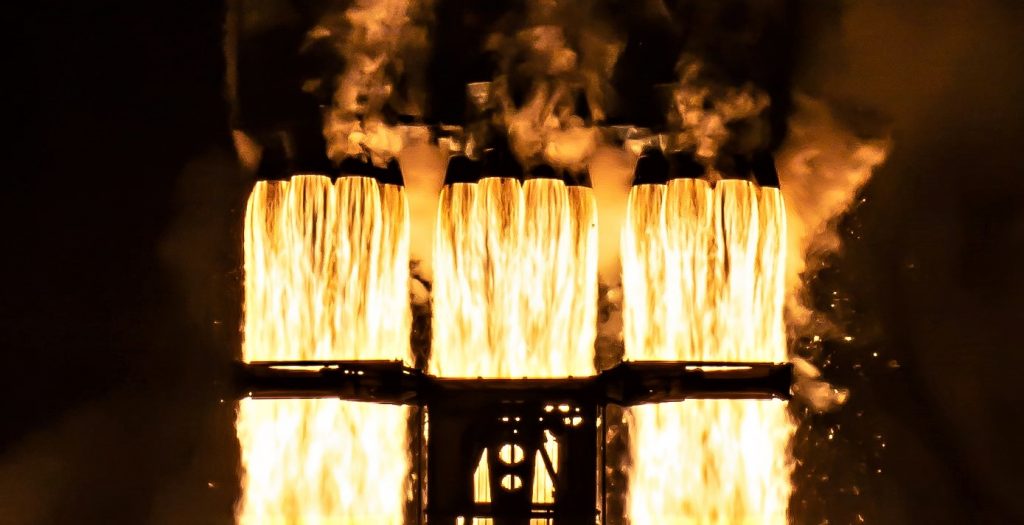
Generally speaking, TEA-TEB is an excellent method of igniting rockets, even if it is more of a brute-force, inelegant solution than alternatives. It does, however, bring limitations: every single ignition requires a new ‘cartridge’ be expended, fundamentally limiting the number of times Merlin 1D (and Merlin Vacuum) engines can be ignited before and after liftoff.
This doesn’t even consider the fact that TEA-TEB are extremely complex chemical products that would be next to impossible to produce off of Earth, at least for the indefinite future.
To combat these downsides, SpaceX has designed Raptor with an entirely different method of ignition, known as torch ignition. Technically speaking, Raptor’s power, design, and methalox propellant combine to demand more than a relatively common solution, in which spark plugs are used to ignite an engine. Instead, Raptor uses those spark plugs to ignite its ignition sources, what CEO Elon Musk has described as full-up blow torches. Once ignited, those blow torches – likely miniature rocket engines using the same methane and oxygen fuel as Raptor – then ignite the engine’s methane and oxygen preburners before finally igniting those mixed, high-pressure gases in the combustion chamber.
In simple terms, the fact that Raptor is a full-flow staged-combustion (FFSC) engine means that the pressures it must operate under are extreme, verging on unprecedented in large-scale rocketry. Extremely high-pressure gases (on the order of 3,000-10,000+ psi or 200-700+ bar) are just as difficult to reliably ignite, especially if hypergolic solutions (i.e. TEA-TEB) are off the table.
To get an even ignition – critical to avoid burn-through, minor explosions, and even catastrophic engine failures – Raptor’s torch ignition may actually involve a 360-degree ring of spark plug-lit torches around the point of ignition, an undeniably complex solution.
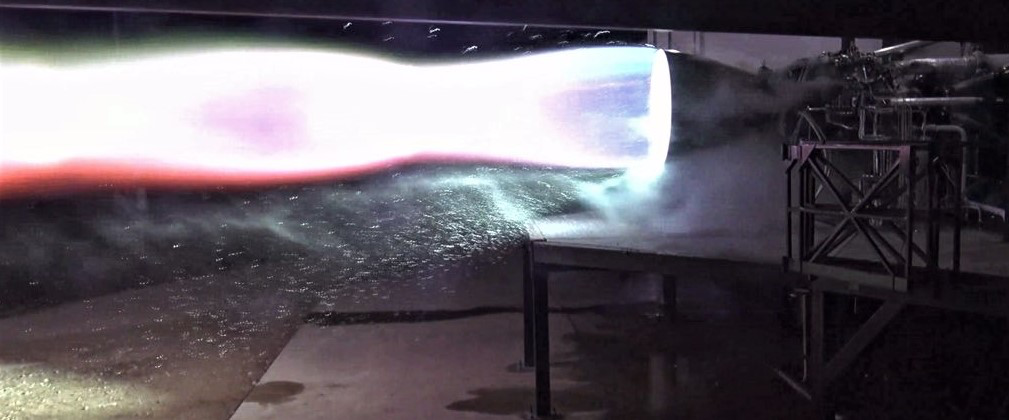
However, as Musk notes, these significant, “finicky” challenges brought on by Raptor’s exotic ignition method are motivated by the potential benefits such a solution might bring. Relative to Merlin 1D’s TEA-TEB ignition, torch ignition – once optimized and matured into a reliable solution – will permit an almost unlimited number of Raptor ignitions before, during, and after flight.
Avoiding TEA-TEB and other complex chemical igniters also means that Starship will technically be able to launch to Mars or the Moon, perform injection and landing burns, maybe even hop around the surface, and still be able to return to Earth – all without resupply. Such a return voyage would still be predicated on the ability to generate the methane and oxygen propellant needed to fuel Starships, but – assuming that challenge can be solved – torch-lit Raptors would be ready for such a mission. In the event that, say, something like August 26th’s scrub happens to a Starship on Mars, the crew would also be able to get out, inspect Starship’s Raptors, and even replace faulty spark plugs if necessary.
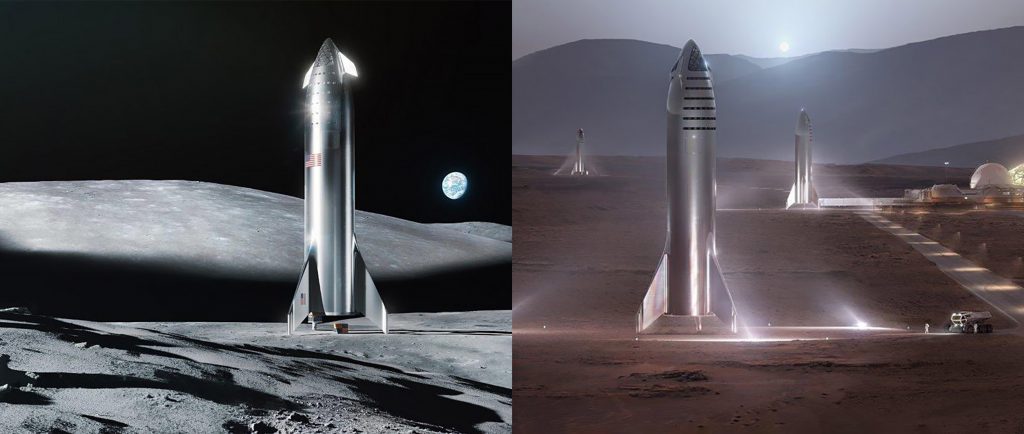
Technically, one could bring lots of spare TEA-TEB cartridges and install those in space or after landing, but those cartridges are quite literally firebombs waiting to ignite, whereas spare spark plugs are entirely inert.
For now, we’ll have to wait for SpaceX technicians to get their eyes and hands-on Starhopper’s lone Raptor engine to verify that its ignition hardware is in good health. If all goes well, Starhopper will attempt its final flight test as early as August 27th.
Update (August 27th): Starhopper is reportedly set for a second attempted 150m (500 ft) flight test today, scheduled to occur no earlier than 5pm EDT (21:00 UTC) on August 27th. Stay tuned for SpaceX’s official Livestream!
Check out Teslarati’s Marketplace! We offer Tesla accessories, including for the Tesla Cybertruck and Tesla Model 3.

Investor's Corner
SpaceX IPO is coming, CEO Elon Musk confirms
However, it appears Musk is ready for SpaceX to go public, as Ars Technica Senior Space Editor Eric Berger wrote an op-ed that indicated he thought SpaceX would go public soon. Musk replied, basically confirming it.

Elon Musk confirmed through a post on X that a SpaceX initial public offering (IPO) is on the way after hinting at it several times earlier this year.
It also comes one day after Bloomberg reported that SpaceX was aiming for a valuation of $1.5 trillion, adding that it wanted to raise $30 billion.
Musk has been transparent for most of the year that he wanted to try to figure out a way to get Tesla shareholders to invest in SpaceX, giving them access to the stock.
He has also recognized the issues of having a public stock, like litigation exposure, quarterly reporting pressures, and other inconveniences.
However, it appears Musk is ready for SpaceX to go public, as Ars Technica Senior Space Editor Eric Berger wrote an op-ed that indicated he thought SpaceX would go public soon.
Musk replied, basically confirming it:
As usual, Eric is accurate
— Elon Musk (@elonmusk) December 10, 2025
Berger believes the IPO would help support the need for $30 billion or more in capital needed to fund AI integration projects, such as space-based data centers and lunar satellite factories. Musk confirmed recently that SpaceX “will be doing” data centers in orbit.
AI appears to be a “key part” of SpaceX getting to Musk, Berger also wrote. When writing about whether or not Optimus is a viable project and product for the company, he says that none of that matters. Musk thinks it is, and that’s all that matters.
It seems like Musk has certainly mulled something this big for a very long time, and the idea of taking SpaceX public is not just likely; it is necessary for the company to get to Mars.
The details of when SpaceX will finally hit that public status are not known. Many of the reports that came out over the past few days indicate it would happen in 2026, so sooner rather than later.
But there are a lot of things on Musk’s plate early next year, especially with Cybercab production, the potential launch of Unsupervised Full Self-Driving, and the Roadster unveiling, all planned for Q1.
News
Tesla adds 15th automaker to Supercharger access in 2025
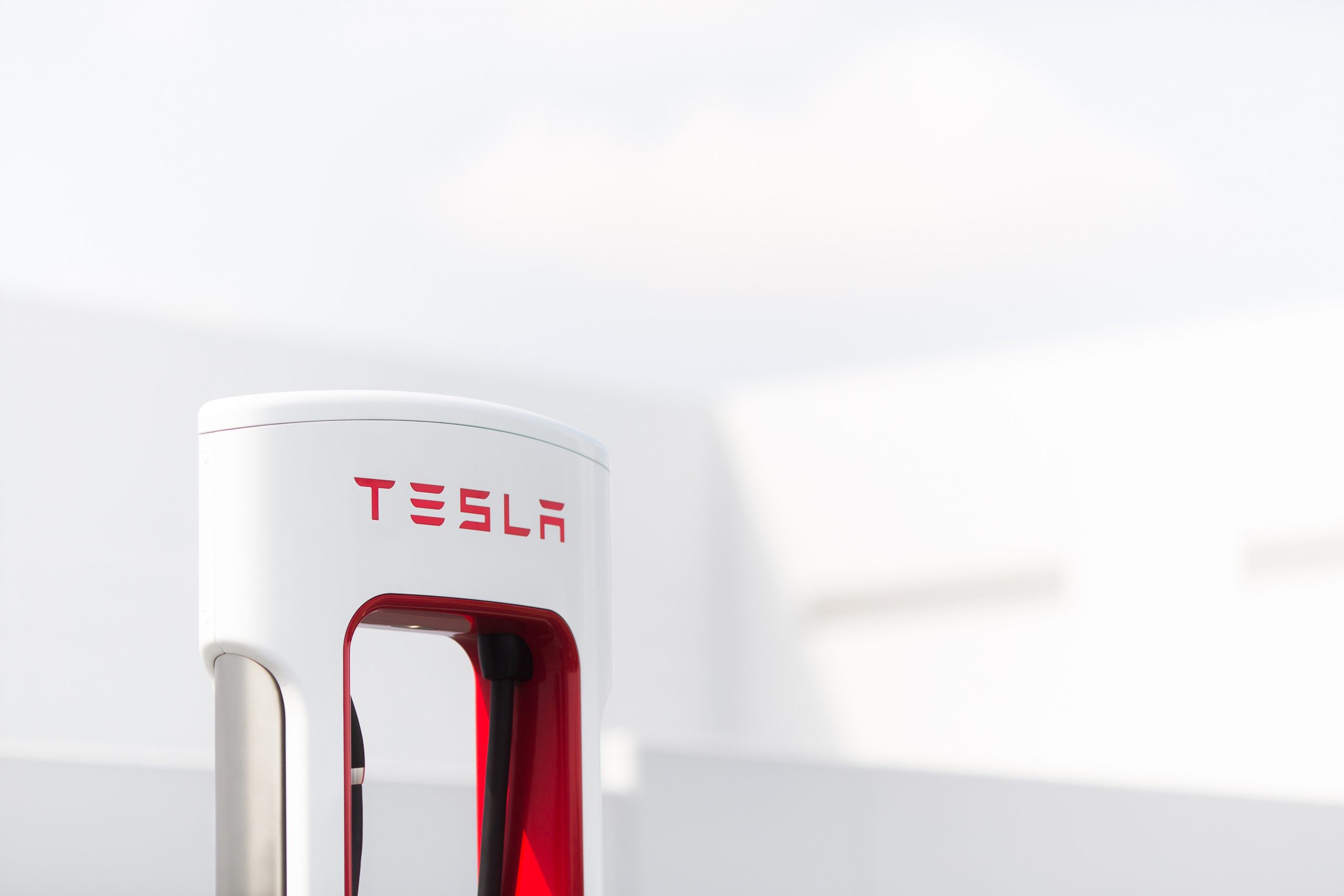
Tesla has added the 15th automaker to the growing list of companies whose EVs can utilize the Supercharger Network this year, as BMW is the latest company to gain access to the largest charging infrastructure in the world.
BMW became the 15th company in 2025 to gain Tesla Supercharger access, after the company confirmed to its EV owners that they could use any of the more than 25,000 Supercharging stalls in North America.
Welcome @BMW owners.
Download the Tesla app to charge → https://t.co/vnu0NHA7Ab
— Tesla Charging (@TeslaCharging) December 10, 2025
Newer BMW all-electric cars, like the i4, i5, i7, and iX, are able to utilize Tesla’s V3 and V4 Superchargers. These are the exact model years, via the BMW Blog:
- i4: 2022-2026 model years
- i5: 2024-2025 model years
- 2026 i5 (eDrive40 and xDrive40) after software update in Spring 2026
- i7: 2023-2026 model years
- iX: 2022-2025 model years
- 2026 iX (all versions) after software update in Spring 2026
With the expansion of the companies that gained access in 2025 to the Tesla Supercharger Network, a vast majority of non-Tesla EVs are able to use the charging stalls to gain range in their cars.
So far in 2025, Tesla has enabled Supercharger access to:
- Audi
- BMW
- Genesis
- Honda
- Hyundai
- Jaguar Land Rover
- Kia
- Lucid
- Mercedes-Benz
- Nissan
- Polestar
- Subaru
- Toyota
- Volkswagen
- Volvo
Drivers with BMW EVs who wish to charge at Tesla Superchargers must use an NACS-to-CCS1 adapter. In Q2 2026, BMW plans to release its official adapter, but there are third-party options available in the meantime.
They will also have to use the Tesla App to enable Supercharging access to determine rates and availability. It is a relatively seamless process.
News
Tesla adds new feature that will be great for crowded parking situations
This is the most recent iteration of the app and was priming owners for the slowly-released Holiday Update.
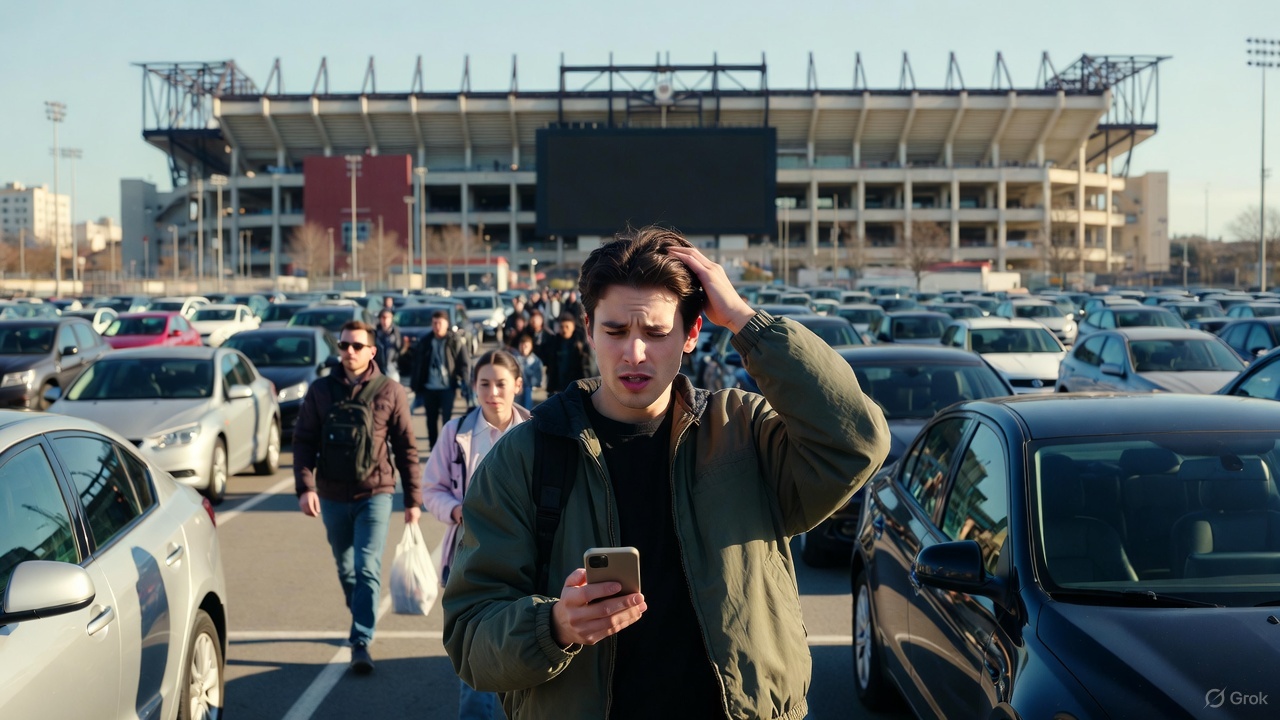
Tesla has added a new feature that will be great for crowded parking lots, congested parking garages, or other confusing times when you cannot seem to pinpoint where your car went.
Tesla has added a new Vehicle Locator feature to the Tesla App with App Update v4.51.5.
This is the most recent iteration of the app and was priming owners for the slowly-released Holiday Update.
While there are several new features, which we will reveal later in this article, perhaps one of the coolest is that of the Vehicle Locator, which will now point you in the direction of your car using a directional arrow on the home screen. This is similar to what Apple uses to find devices:
Interesting. The location arrow in the Tesla app now points to your car when you’re nearby. pic.twitter.com/b0yjmwwzxN
— Whole Mars Catalog (@wholemars) December 7, 2025
In real time, the arrow gives an accurate depiction of which direction you should walk in to find your car. This seems extremely helpful in large parking lots or unfamiliar shopping centers.
Getting to your car after a sporting event is an event all in itself; this feature will undoubtedly help with it:
The nice little touch that Tesla have put in the app – continuous tracking of your vehicle location relative to you.
There’s people reporting dizziness testing this.
To those I say… try spinning your phone instead. 😉 pic.twitter.com/BAYmJ3mzzD
— Some UK Tesla Guy (UnSupervised…) (@SomeUKTeslaGuy) December 8, 2025
Tesla’s previous app versions revealed the address at which you could locate your car, which was great if you parked on the street in a city setting. It was also possible to use the map within the app to locate your car.
However, this new feature gives a more definitive location for your car and helps with the navigation to it, instead of potentially walking randomly.
It also reveals the distance you are from your car, which is a big plus.
Along with this new addition, Tesla added Photobooth features, Dog Mode Live Activity, Custom Wraps and Tints for Colorizer, and Dashcam Clip details.
🚨 Tesla App v4.51.5 looks to be preparing for the Holiday Update pic.twitter.com/ztts8poV82
— TESLARATI (@Teslarati) December 8, 2025
All in all, this App update was pretty robust.








